Leatherworking is known as one of the oldest handicrafts throughout human history. Thanks to the natural structure, durability and versatile use of leather, it has become an important material in many societies since the early ages. So, in which country and when did leatherworking begin? In which periods and geographies did leatherworking develop? In this article, we will take a closer look at the historical roots of leatherworking and the societies that pioneered this art.
History of Leatherworking: Where Did It Begin?
The use of leather dates back to ancient times when humans began using animal skins to make clothing, shelter, and tools. During this process, various methods were developed to process the leather and make it more durable. Although it is difficult to determine exactly where leatherworking began, certain regions throughout history have stood out in the development of this craft.
1. Mesopotamia
The oldest known traces of leatherworking date back to the Mesopotamian region. During this period, dating back to 5000 BC, people used animal skins to make clothing and shelter. In Mesopotamia, the processing of animal skins to make them durable and to use them in the production of various items is one of the oldest known examples of leatherworking.
2. Ancient Egypt
Ancient Egyptians also have an important place in leather processing. In the tomb ruins found in the Egyptian pyramids, there are leather clothes, shoes and sandals. Egyptians used various plant substances to tan leather and thus made it more durable.
3. Ancient China
The production and use of leather dates back to ancient China. The Chinese used leather, especially for armor and war materials. Leather was also widely used in clothing and shoe making. Archaeological excavations in China have revealed many tools used in the processing of leather.
4. Europe
In Europe, leatherworking developed rapidly during the Middle Ages. Italy, France and Spain in particular were among the countries that were prominent in the art of leatherworking. In the Middle Ages, leatherworking techniques became more refined and leather began to be used not only in clothing and shoemaking, but also in bookbinding, furniture upholstery and armor making.
Development of Leatherworking: Modern Periods
During the Renaissance, Italy, especially Florence, made great progress in leather art. With the Industrial Revolution, leather production became more mass-produced and chemical tanning methods became widespread. Today, Turkey, Italy, India and China are among the leading countries in leather production worldwide.
Translation of Leather in Different Languages
Leather is called differently in many languages. Below you can find translations of the word "leather" in various languages of the world:
| Language | Equivalent |
| English | Leather |
| French | Cuir |
| German | Leder |
| Spanish | Cuero |
| Italian | Pellet |
| Chinese (Mandarin) | 皮革 (Pígé) |
| Japanese | 革 (Kawa) |
| Russian | Kozha |
| Arabic | جلد (Jild) |
| Persian | Charm (Charm) |
| Hindi | चमड़ा (Chamda) |
| Turkish | Skin |
| Portuguese | Couro |
| Dialect | Score |
| Greek | Δέρμα (Dérma) |
| Korean | 가죽 (Gajuk) |
| Dutch | Leer |
| Swedish | Läder |
| Danish | Læder |
| Norwegian | Lær |
| Finnish | Nahka |
| Hungarian | Boron |
Advantages and Disadvantages of Leatherworking
Advantages:
- Durability : Since leather is a natural material, it is very durable and long-lasting.
- Aesthetic Appearance : Leather becomes more beautiful over time and gains a natural patina.
- Flexibility : Thanks to its flexible structure, leather offers both durability and comfort.
- Natural Material : Leather is a breathable material and provides comfort in contact with the body.
Disadvantages:
- Cost : Quality leather is often expensive.
- Environmental Impacts : The chemicals used in leather production can harm the environment. However, there are also environmentally friendly methods such as vegetable tanning.
- Sensitivity to Water : Leather is sensitive to water and can be damaged if not properly protected.
Frequently Asked Questions
1. Where did leatherworking first begin?
Mesopotamia and Ancient Egypt are the regions where the first traces of leatherworking are seen. Leather processing techniques were developed in these regions.
2. Why was leather popular throughout history?
Leather has been popular throughout history for its durability and versatility, while also offering a combination of aesthetics and functionality.
3. How did leather processing techniques develop?
While vegetable tanning techniques were used at first, chemical tanning methods became widespread with the Industrial Revolution.
4. Which countries produce the most leather today?
Türkiye, Italy, India and China are among the countries that produce the most leather today.
Before You Leave
Leatherworking is one of the oldest crafts in human history, with roots in civilizations such as Mesopotamia, Ancient Egypt and China. This art, which has developed over centuries, still maintains its importance today. Leather has been an indispensable material both in the past and today with its durability and aesthetic appeal.


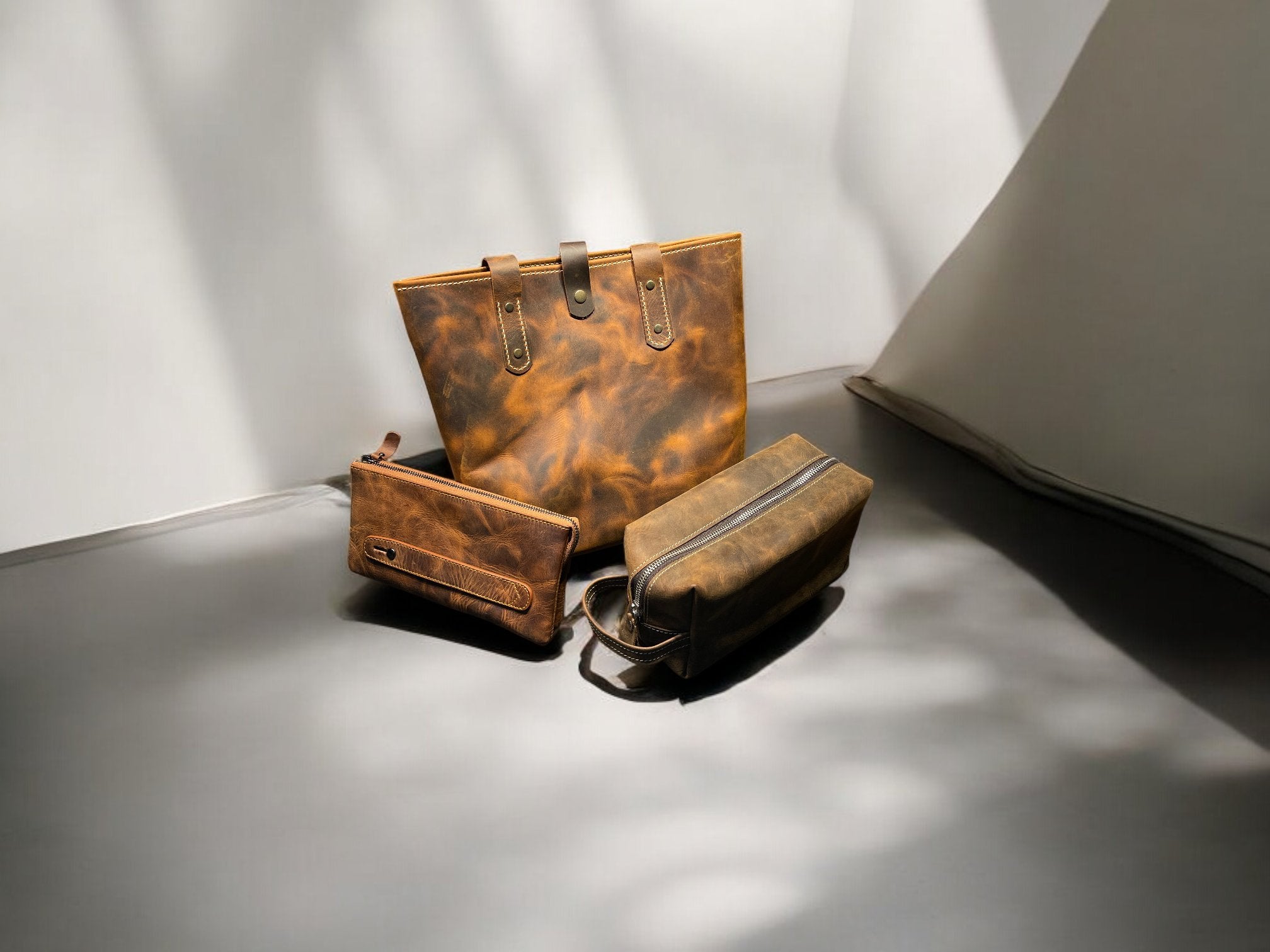



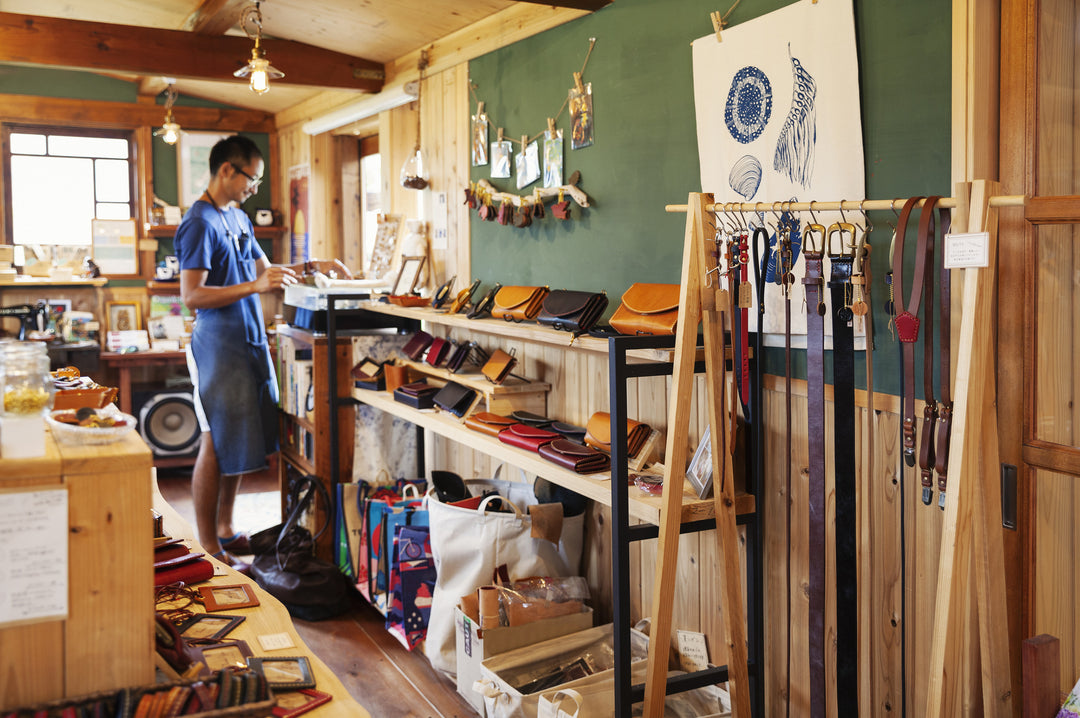
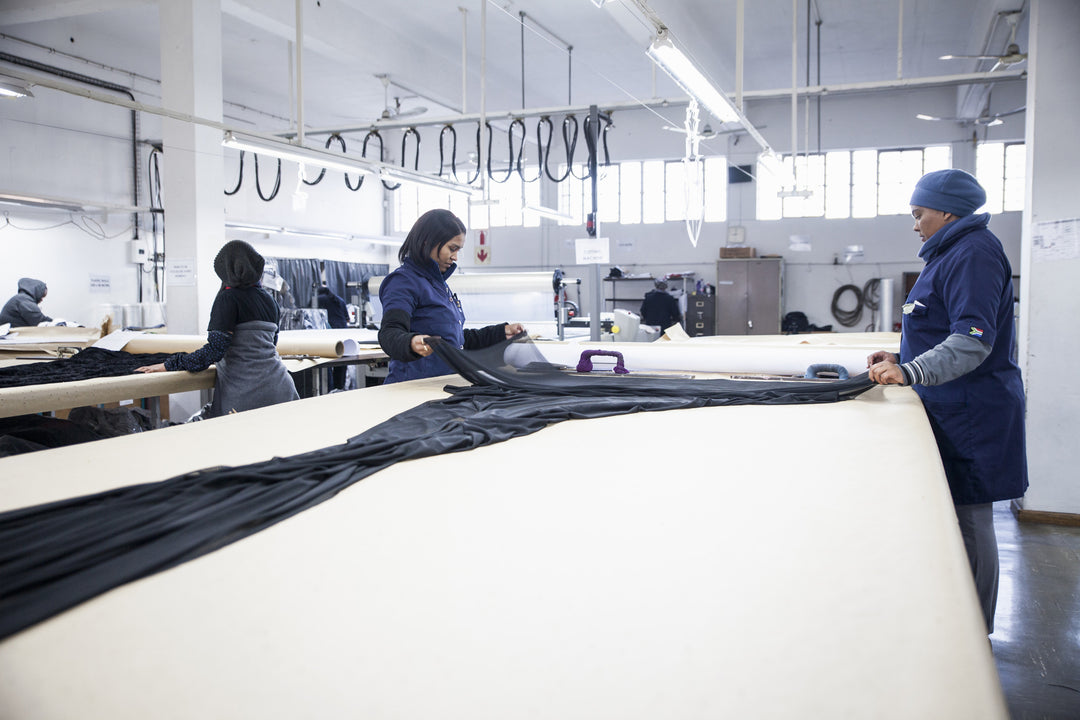
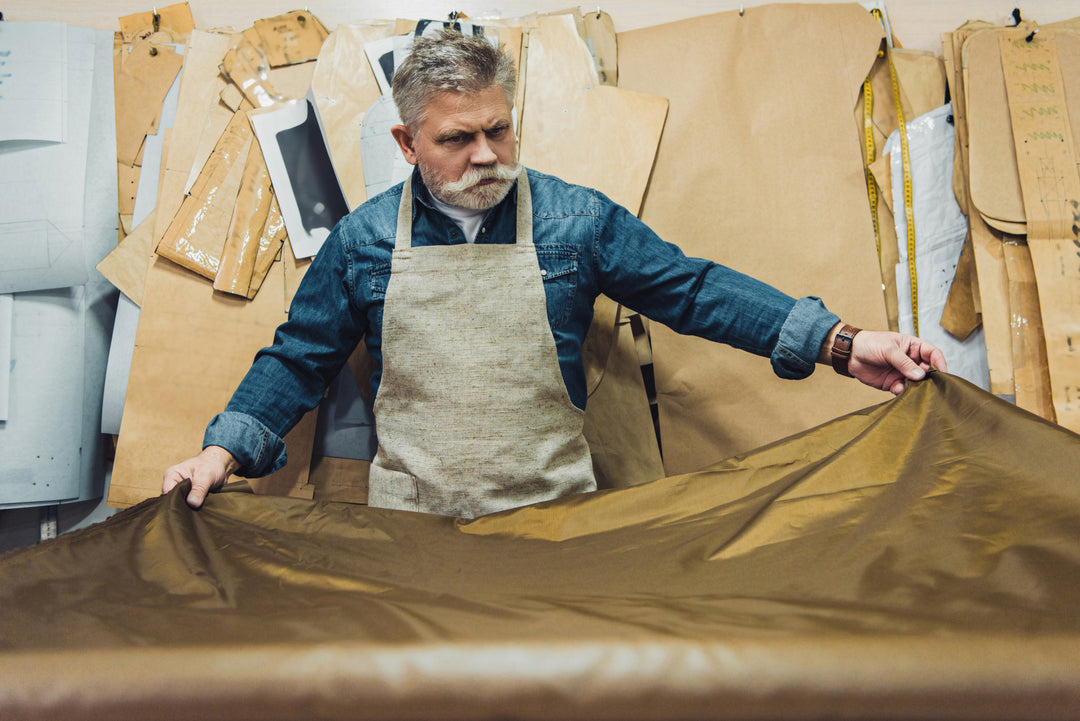

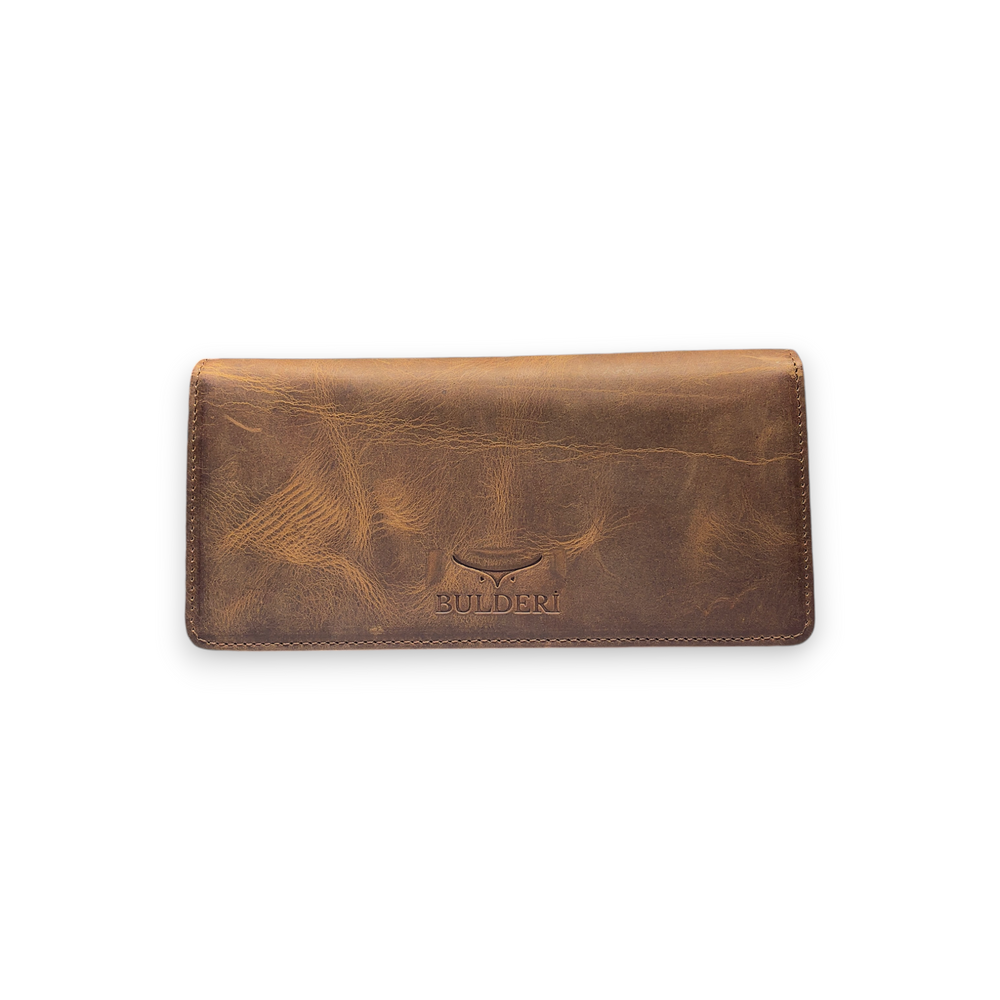





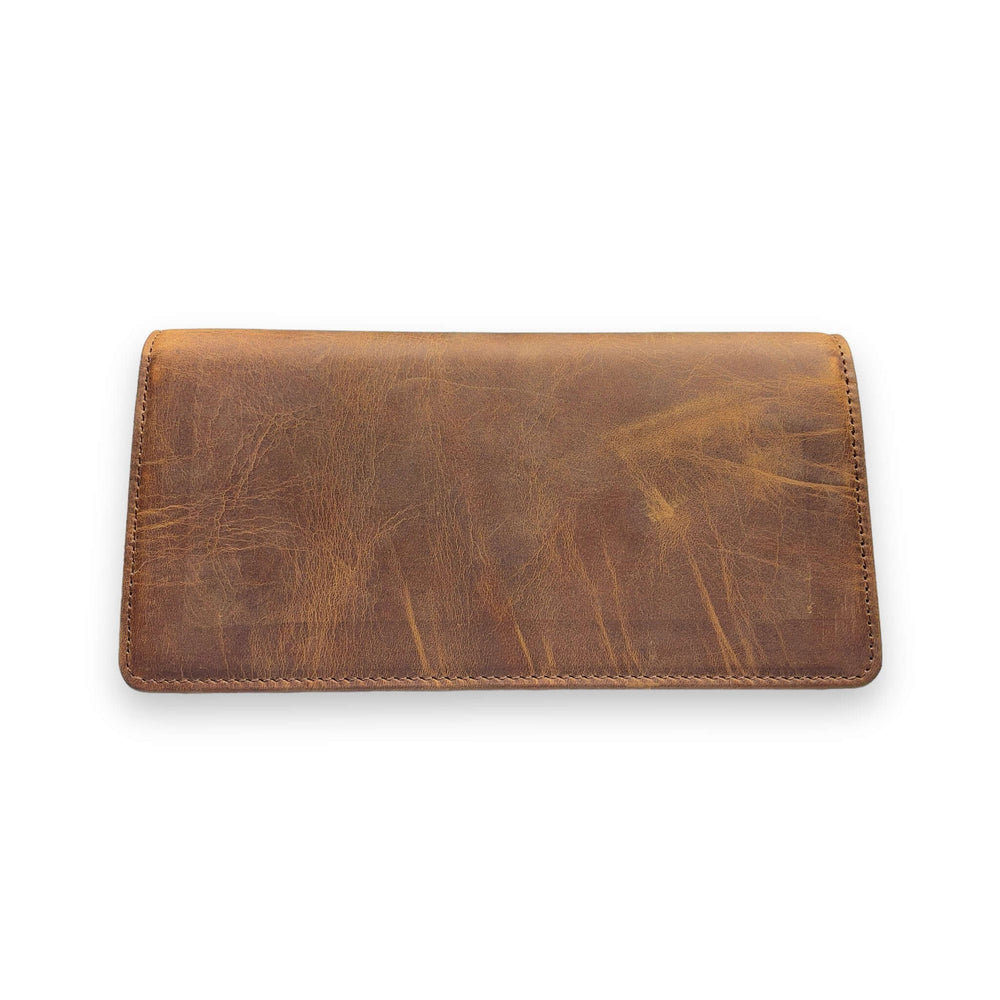


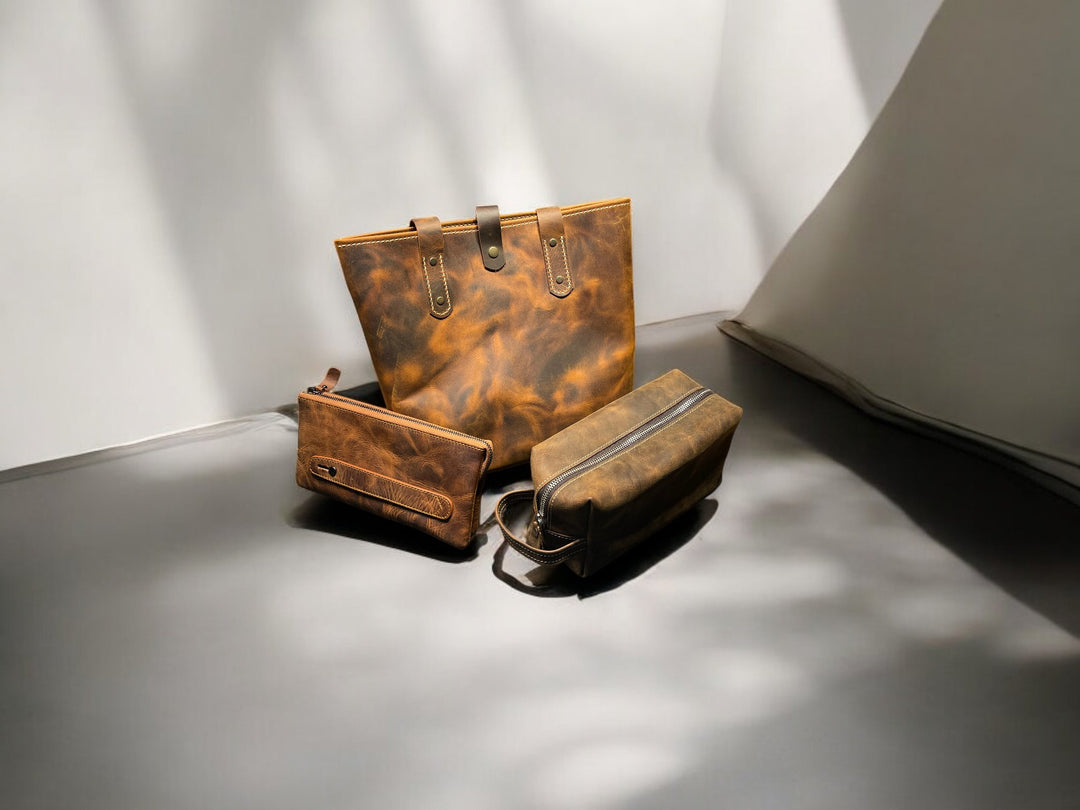



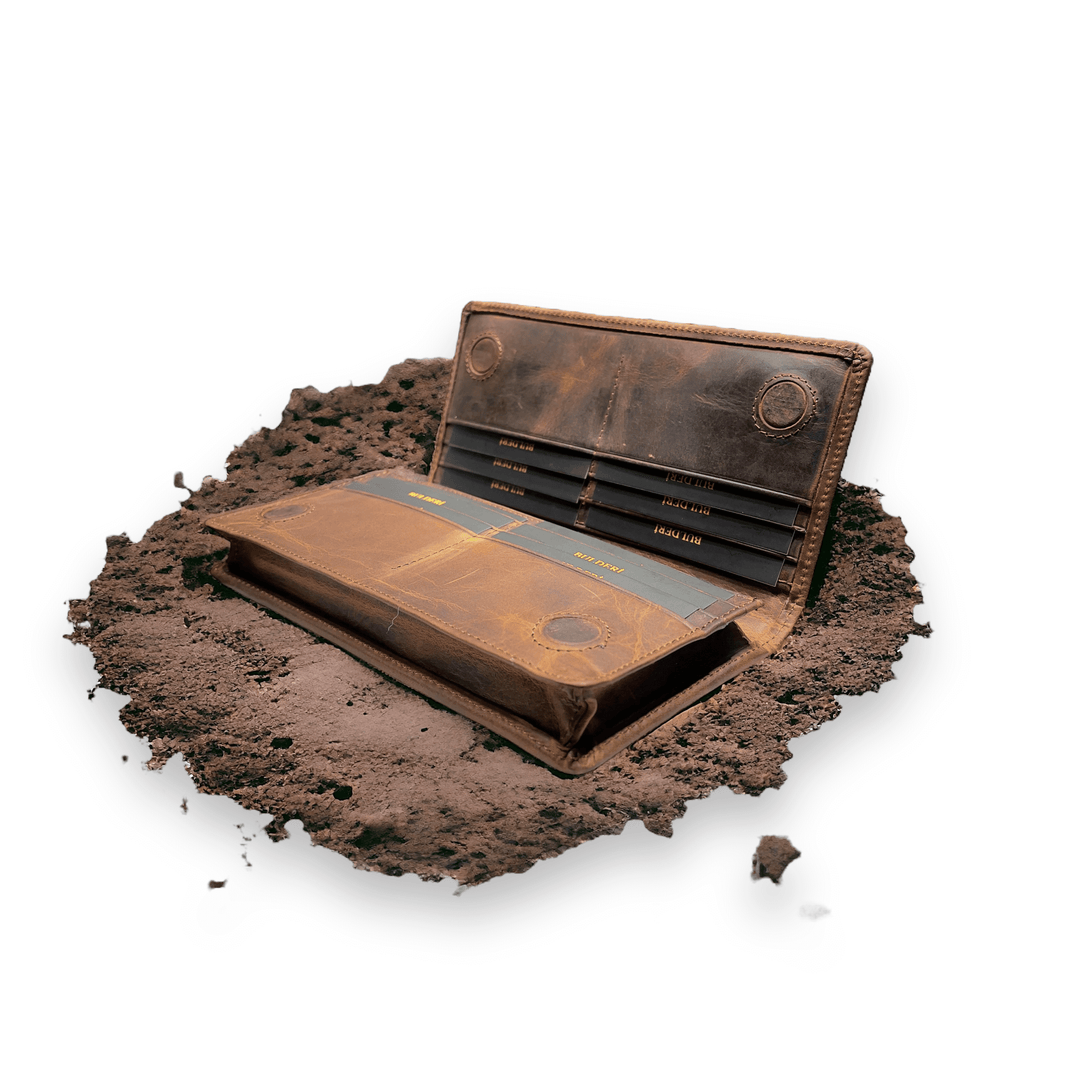
Leave a comment